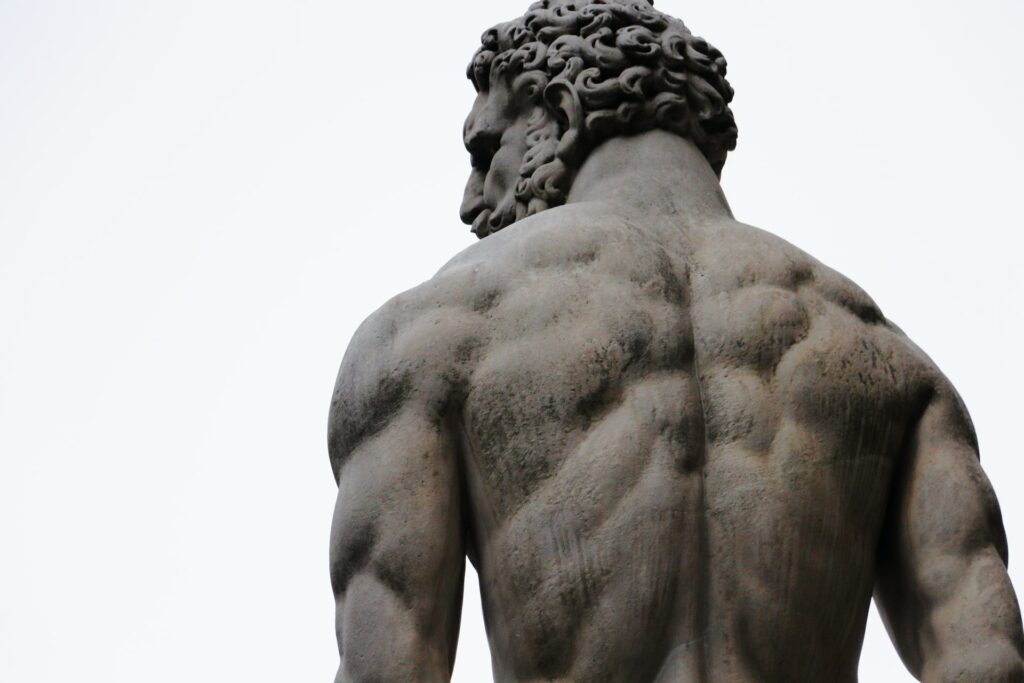Some sculptures are so remarkable that they fetch astronomical prices at auctions. These sculptures are not only valuable for their artistic quality but also for their historical significance, cultural influence, or rarity. They reflect the vision and skill of some of the most renowned sculptors in history, such as Alberto Giacometti, Constantin Brâncuși, Pablo Picasso, or Jeff Koons.
In this article, we will explore the 10 most expensive sculptures ever sold at an auction, and learn more about their creators, their meanings, and their impact on the world of art.
Sculptural art does not seem to drop in prices for the last few years. In fact, it may even increase in value as part of the overall art market trend. The Mei Moses All Art Index, which tracks re-sales of artworks at auction, registered a 17% increase in the value of art across categories in 2021. The global art and sculpture market is also expected to grow at a considerable rate during the forecast period from 2022 to 2030.
Of course, these trends may vary depending on different factors, such as supply and demand, quality and rarity, historical and cultural significance, or personal preferences. Some sculptures may appreciate more than others over time.
Here is the list of the most expensive sculptures in 2023:
- L’Homme au doigt (Pointing Man) by Alberto Giacometti: A bronze sculpture of a thin man pointing his finger, created in 1947. It sold for $141.3 million in 2015 at Christie’s New York. It is considered one of Giacometti’s most iconic and evocative works.
- L’Homme qui marche I (Walking Man I) by Alberto Giacometti: Another bronze sculpture of a thin man, this time walking with his arms at his sides, created in 1960. It sold for $104.3 million in 2010 at Sotheby’s London. It is regarded as a symbol of humanity and resilience.
- Balloon Dog (Orange) by Jeff Koons: A stainless steel sculpture of a balloon dog with a glossy orange finish, created in 1994-2000. It sold for $58.4 million in 2013 at Christie’s New York. It is part of Koons’ Celebration series that explores childhood themes and consumer culture.
- Tulips by Jeff Koons: Another stainless steel sculpture with a glossy finish, this time depicting a bouquet of tulips in different colors, created in 1995-2004. It sold for $33.7 million in 2012 at Christie’s New York. It is also part of Koons’ Celebration series that celebrates life and love.
- Le Grand Vélo (The Big Bicycle) by Pablo Picasso: A painted iron sculpture of a bicycle with oversized wheels and handlebars, created in 1950-1951. It sold for $29 million in 2021 at Sotheby’s London. It is one of Picasso’s playful interpretations of everyday objects that reflect his interest in Surrealism and Cubism.
- Madame LR (Portrait de Mme LR) by Constantin Brâncuși: A carved wood sculpture of a woman’s head and torso with abstract forms, created in 1914-1917. It sold for $27 million in 2009 at Christie’s Paris. It is one of Brâncuși’s experiments with simplifying human figures to their essence.
- Balloon Swan (Yellow) by Jeff Koons: Another stainless steel sculpture of a balloon animal with a glossy yellow finish, this time depicting a swan with an elongated neck, created in 2004-2011. It sold for $25 million in 2017 at Christie’s New York. It is also part of Koons’ Celebration series that expresses joy and beauty.
8. La Muse Endormie (The Sleeping Muse) by Constantin Brâncuși: A bronze sculpture of a woman’s head resting on its side, created in 1913. It sold for $24.6 million in 2017 at Christie’s New York. It is one of Brâncuși’s variations on the theme of sleep and dreams.
9. Reclining Figure: Festival by Henry Moore: A bronze sculpture of a reclining female figure with curved forms, created in 1951. It sold for $24.5 million in 2016 at Christie’s London. It is one of Moore’s explorations on the relationship between human body and landscape.
10. Oiseau dans l’espace (Bird in Space) by Constantin Brâncuși: A bronze sculpture of an abstract bird soaring upwards, created in 1928. It sold for $23.8 million in 2005 at Christie’s New York. It is one of Brâncuși’s attempts to capture movement and flight through minimal shapes.
